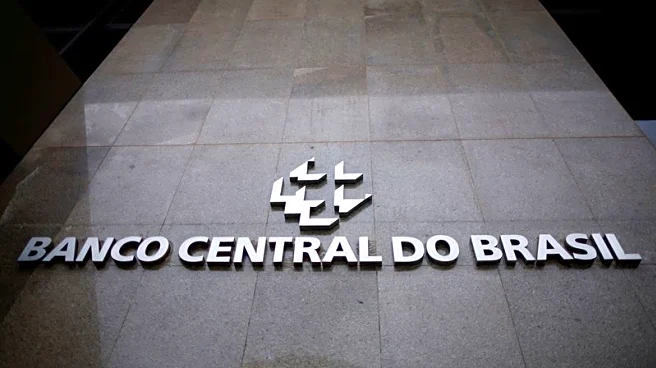What's Happening?
The Bank of England has released its proposed regulatory framework for sterling-denominated systemic stablecoins, outlining requirements for backing assets, holding limits, and prudential oversight. The framework targets
stablecoins used for retail payments and wholesale settlement, while non-systemic stablecoins for cryptoasset trading remain under Financial Conduct Authority (FCA) supervision. This proposal is part of the National Payments Vision strategy to modernize UK retail payments, addressing how digital money might operate alongside existing payment methods while maintaining financial stability.
Why It's Important?
The proposed framework is a crucial step in integrating stablecoins into the UK's financial system, potentially transforming retail payments and settlement processes. By establishing clear regulations, the Bank of England aims to ensure financial stability and consumer protection while fostering innovation in digital finance. This move could attract more fintech companies to the UK, enhancing its position as a global financial hub. The framework's focus on systemic stablecoins reflects the growing importance of digital currencies in the financial landscape, prompting other countries to consider similar regulatory approaches.
What's Next?
The Bank of England and FCA will publish a joint approach document in 2026, clarifying how rules will apply in practice and supporting the transition between regimes. Stakeholders, including fintech companies and financial institutions, will be closely monitoring the implementation of these regulations. The framework's impact on the stablecoin market and broader financial system will be assessed as it progresses. As the UK moves towards integrating stablecoins, it may influence global regulatory standards, prompting discussions on the future of digital currencies in traditional financial systems.












